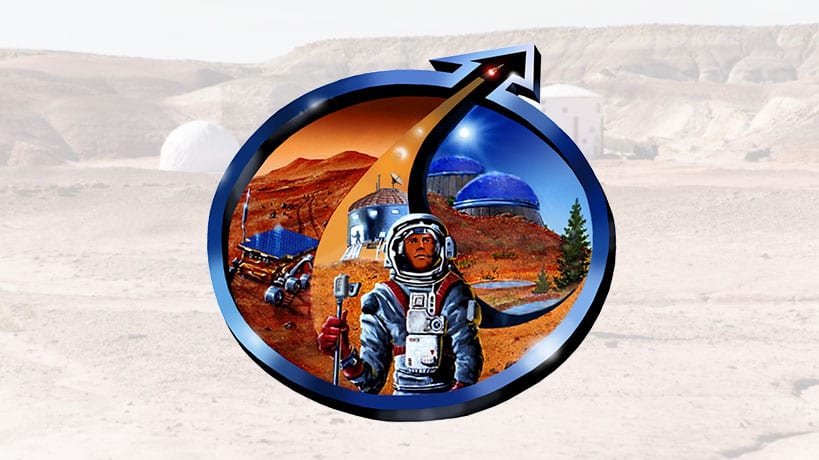
 By Robert Zubrin, The New Atlantis, 10.21.16
By Robert Zubrin, The New Atlantis, 10.21.16
In remarks at the International Astronautical Congress in Guadalajara, Mexico on September 29, 2016, SpaceX president Elon Musk revealed to great fanfare his company’s plans for an Interplanetary Transport System (ITS). According to Musk, the ITS would enable the colonization of Mars by the rapid delivery of a million people in groups of a hundred passengers per flight, as well as large-scale human exploration missions to other bodies, such as Jupiter’s moon Europa.
I was among the thousands of people in the room (and many more watching live online) when Musk gave his remarkable presentation, and was struck by its many good and powerful ideas. However, Musk’s plan assembled some of those good ideas in an extremely sub-optimal way, making the proposed system impractical. Still, with some corrections, a system using the core concepts Musk laid out could be made attractive — not just as an imaginative concept for the colonization of Mars, but as a means of meeting the nearer-at-hand challenge of enabling human expeditions to the planet.
In the following critique, I will explain the conceptual flaws of the new SpaceX plan, showing how they can be corrected to benefit, first, the near-term goal of initiating human exploration of the Red Planet, and then, with a cost-effective base-building and settlement program, the more distant goal of future Mars colonization.
Design of the SpaceX Interplanetary Transport System
As described by Musk, the SpaceX ITS would consist of a very large two-stage fully-reusable launch system, powered by methane/oxygen chemical bipropellant. The suborbital first stage would have four times the takeoff thrust of a Saturn V (the huge rocket that sent the Apollo missions to the Moon). The second stage, which reaches orbit, would have the thrust of a single Saturn V. Together, the two stages could deliver a maximum payload of 550 tons to low Earth orbit (LEO), about four times the capacity of the Saturn V. (Note: All of the “tons” referenced in this article are metric tons.)
To read the full article, please click here.